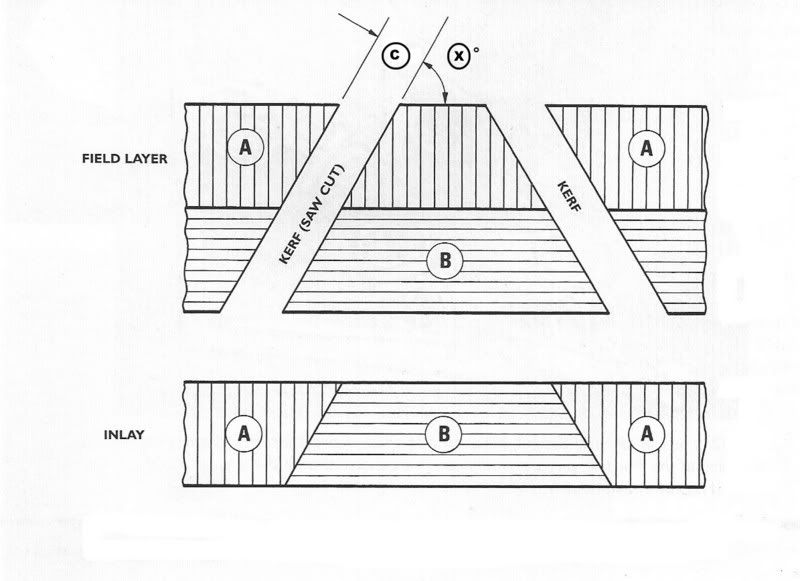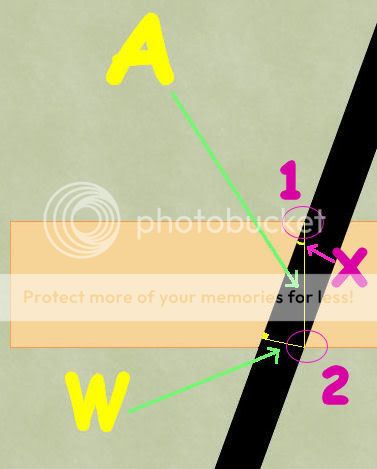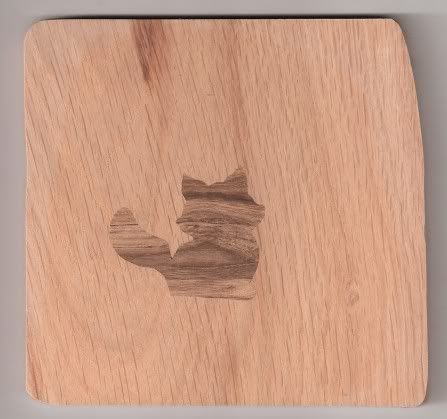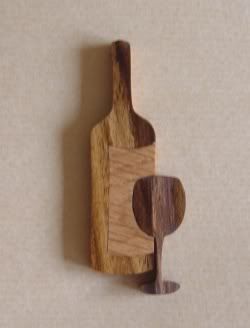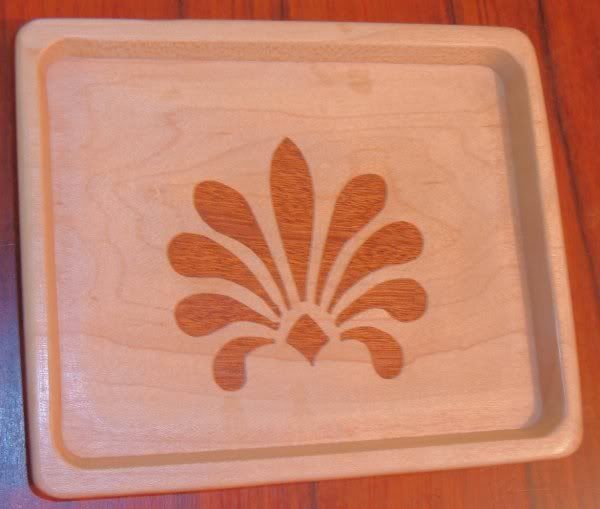3billy3
Member
This is a small pen knife made from Ash and inlaid with Purple Heart, and with a simple oil finish, my first attempt at some inlay work.
You can see a small "oversized" blade entry hole on the pic (how do you do that without it showing??) - but well pleased for a first effort - it even opens and closes!
I will keep practicing the inlay, small blade = small entry hole I guess, any other tips on getting a more "invisible" entry hole for inlays??
Thanks for looking
You can see a small "oversized" blade entry hole on the pic (how do you do that without it showing??) - but well pleased for a first effort - it even opens and closes!
I will keep practicing the inlay, small blade = small entry hole I guess, any other tips on getting a more "invisible" entry hole for inlays??
Thanks for looking







